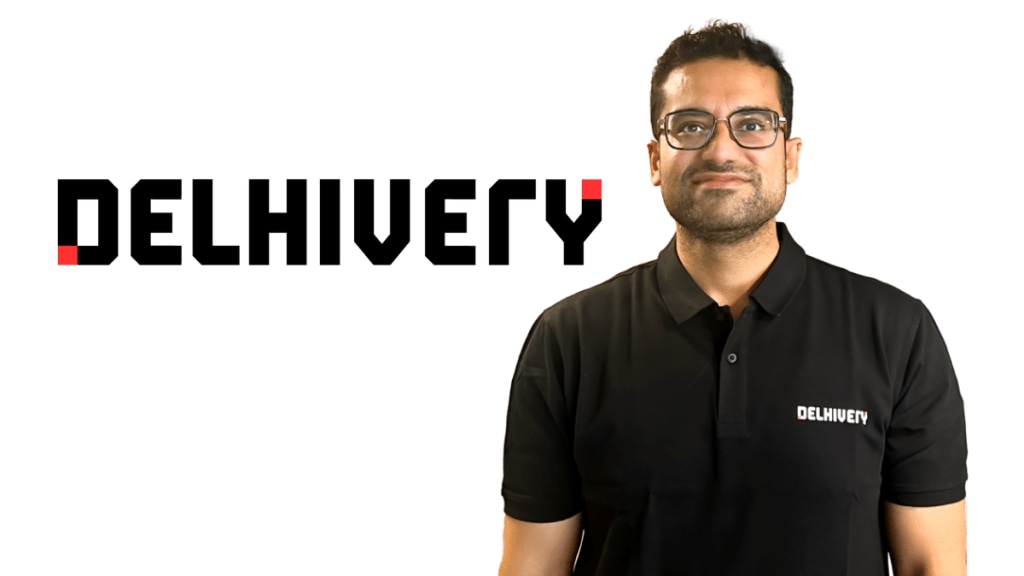In a country where 10-minute deliveries have turned waiting into a cardinal sin, Milind Sharma, Delhivery’s newly appointed head of Rapid Commerce and D2C Brands, is pitching a different gospel. It’s not about breaking speed records—it’s about building something brands and customers can lean on. “Speed is the new reach,” Sharma told financialexpress.com, his voice brimming with the kind of conviction that’s fueled Delhivery’s rise from a scrappy startup in 2011 to India’s logistics kingpin. Now, he’s steering the company into rapid commerce, aiming for a 30-minute-to-two-hour delivery window that’s less about breakneck speed and more about strategic swagger.
“When you sell through a quick commerce platform, you don’t really own that customer relationship or the insights that come with it. That data belongs to the platform. As a brand, you can’t run retention campaigns, and you’re kind of at the mercy of those platforms,” Sharma asserted. Launched in January 2025, Delhivery’s rapid commerce initiative began in Bangalore, Chennai, and Hyderabad, with plans to expand into India’s top 10-12 metropolitan areas, including Delhi NCR, Mumbai, and Pune, by the end of the fiscal year. The backbone of this operation is a network of “rapid stores”—compact warehouses strategically positioned based on extensive data analysis. “We’re leveraging all the historical data we have. With over a million transactions under our belt, we’ve got a pretty good handle on where our customers are,” Sharma explained. These stores, currently numbering 20-22 and projected to reach 50, serve a radius of 7-9 kilometers, ensuring proximity to key demand clusters.
The operational metrics are promising. Delhivery is processing 3,000-4,000 orders daily, with notable upticks on weekends, primarily in categories such as beauty, personal care, healthcare, and nutrition. Fashion and home décor are emerging segments, though electronics remain under consideration. Financially, the company has set a revenue target of Rs 80-100 crore for the current fiscal year, with Sharma eyeing a potential doubling or tripling of that figure within two years. Profitability, however, remains elusive. “Our initial set of stores is actually getting pretty close to breaking even. If we think of 100 as the breakeven point, we’re already hovering around the 70 mark,” he noted. For a publicly listed entity, achieving full breakeven within four to five months per store is a critical milestone under investor scrutiny.
The strategic intent is clear: Delhivery aims to address a gap in the market for direct-to-consumer (D2C) brands and e-commerce players. “They also like buying directly from those specific e-commerce sites or brand websites,” Sharma observed, highlighting a preference among brands to control 50-60% of their order volumes. Delhivery’s solution involves hosting client inventory in its rapid stores, managing fulfillment, and executing last-mile delivery, preserving brand ownership of customer data. The pricing structure supports this flexibility: a storage fee for 7-14 days of inventory, a fulfillment fee, and a variable last-mile delivery charge, all without commissions. “It’s completely per-unit, per-order basis. So, it’s a very flexible model for our clients,” Sharma emphasised.
Infrastructure investments reflect a cautious yet deliberate approach. The rapid stores, ranging from 3,000 to 4,500 square feet, operate under short-term leases of 11 months. “We want to stay flexible,” Sharma explained, noting the potential need to adjust store sizes or locations as the model matures. Capital expenditure, including racking and IT systems, is fully borne by Delhivery, leveraging its 14-year legacy in logistics across 90,000 pincodes. Returns, however, are not yet part of the equation. “Once the packaging is opened or the product is used, it’s pretty much unsellable,” Sharma stated, though he hints at future experimentation in categories like fashion.
India’s e-commerce sector is on a strong upward trajectory, forecast to generate $67.16 billion in revenue in 2025. With an expected annual growth of 10.06% through 2029, the market volume is projected to surge to US$98.55 billion as per Statista, and remains a complex landscape.
Delhivery’s financial performance in the December quarter showed strong gains, with profit after tax skyrocketing 114% year-on-year to Rs 25 crore, its third consecutive profitable quarter. Revenue from operations also increased by 8% to Rs 2,378 crore. Express parcel revenue saw a 3% rise to Rs 1,488 crore, while part truckload revenue grew significantly by 22% to Rs 462 crore. While rapid commerce boosts conversion rates—“a significant boost,” per Sharma—and reduces returns, Sharma remains pragmatic about its limits. “Will the entire country be on a same-day or next-day delivery schedule in the next two or three years? I really don’t think so,” he said. For now, Delhivery’s focus is on refining speed and scale, with aspirations to cover 15-20 cities. Sharma’s been with Delhivery since 2012-13, back when next-day delivery was the dream. “We’ve tackled the challenge of reach,” he concluded. Now, it’s all about speed with smarts.

